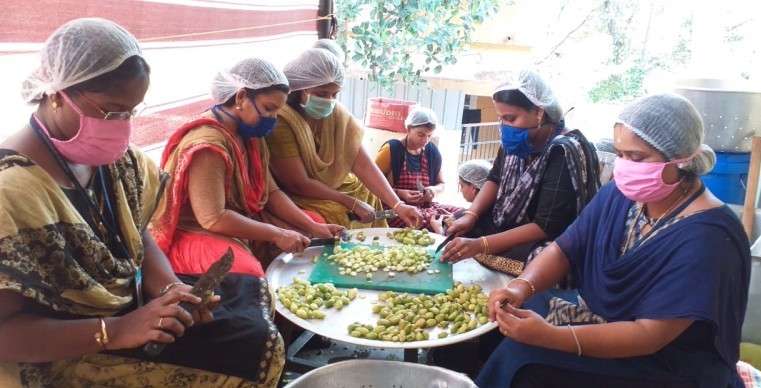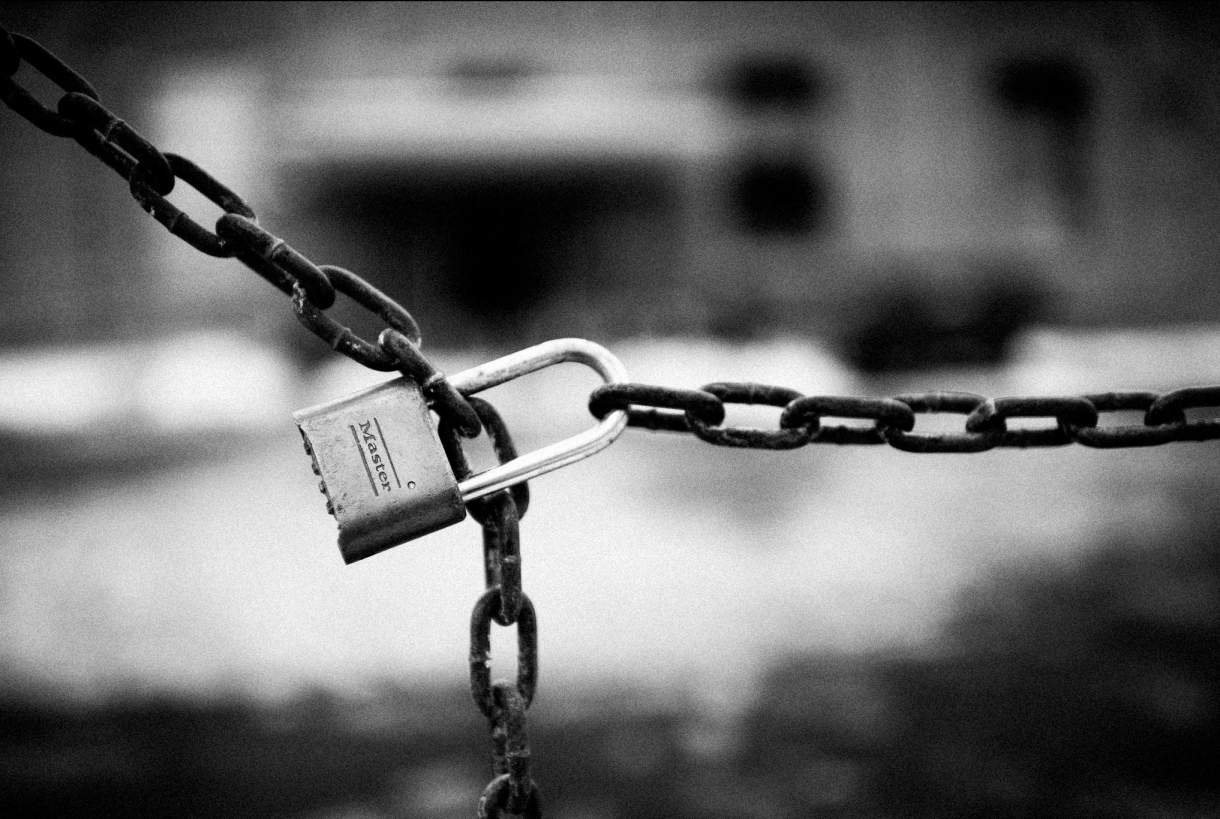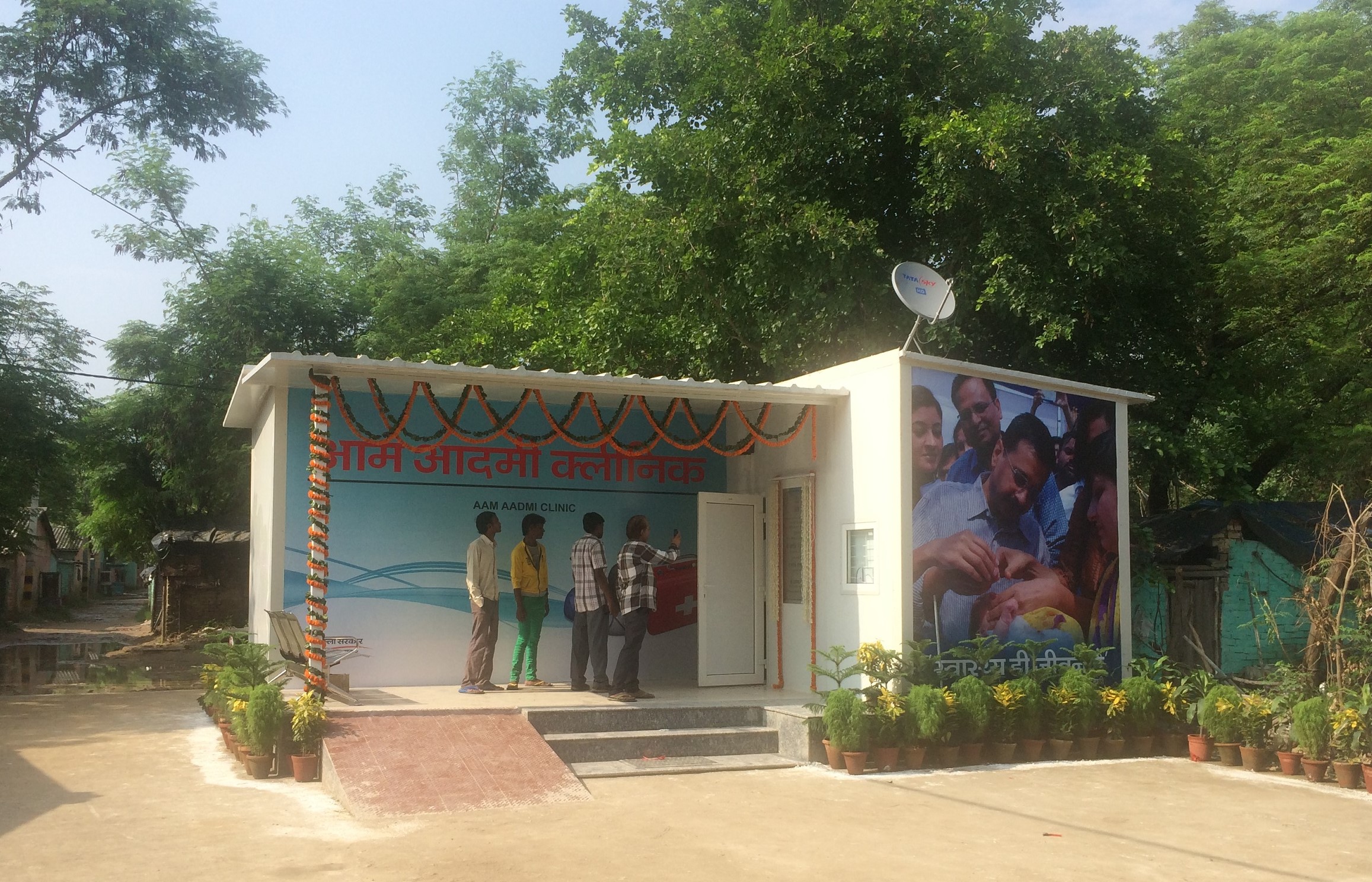With India on lockdown, it has long become clear that the economic and social impact of the COVID-19 pandemic may far exceed the health one. This is especially true for the millions of informal and migrant labourers, who now find themselves unemployed, marooned, and literally dying of hunger. India is now witnessing possibly the largest human migration on foot, since Partition.
On Day 4 of the lockdown, we watched a stampede-like situation unfold at the Delhi-Ghaziabad border, where thousands of migrant workers jostled one another to find seats on buses travelling to their home villages. What followed was a lesson in how not to manage the mounting crisis.
Kerala has taken several measures to ensure the health and safety of its informal workers.
Instead, we might want to turn our attention towards the south, to the state of Kerala, where today, 4,603 relief camps are housing 1,44,145 migrant labourers. Here, efforts to cater to the needs of ‘guest workers’, as they are called there, began almost as soon as the novel coronavirus hit the state in end January. From leveraging local government to provide food and basic amenities, set up community kitchens, and distribute food kits, to appointing senior IAS officers at the state level to oversee these efforts, Kerala has taken several measures to ensure the health and safety of its informal workers.
Till date, the state has had a total of 213 positive cases, and has been among the most proactive when it comes to testing, contact tracing, and communication. Their ability to react effectively and with speed and clarity has been aided greatly by three things: an empowered local government system; a well-functioning primary healthcare network; and lessons from the Nipah virus that took the lives of 17 people two years ago.
Related article: “The government response cannot begin and end with the lockdown”
A strong foundation for handling a public health crisis
A series of measures undertaken in the 1990s are now paying off as Kerala strives to quell the spread of COVID-19.
Over the last 15 years, Kerala has accelerated its efforts to strengthen primary healthcare. The Aardram mission in particular, which focused on preventive, promotive, and rehabilitative healthcare interventions for all family members in a household, played a key role in transforming primary healthcare centres. Over time, these changes have built a strong healthcare foundation, and network, at the local level across the state.
In 1996, the Government of Kerala launched the People’s Plan Campaign (PPC), which devolved 35 percent of the state’s development budget from a centralised bureaucracy to local governments, so that communities could define and implement their own development priorities. With this, primary and secondary healthcare came under the direct purview of local government. This system created strong accountability, better facilities over time, and a focus on service delivery at the primary health centre-level.
Kudumbashree, the Kerala State Poverty Eradication Mission, was launched in 1998 as a community organisation of Neighbourhood Groups (NHGs) comprising women. Unlike most self-help groups in other parts of the country, Kudumbashree was conceived as an organisation working towards both economic empowerment and social change. Moreover, since its inception, it has worked in close partnership with local government, rather than as a parallel system. In 2015, close to 14,000 women from Kudumbashree contested the local body elections. With a vast network across the state, Kudumbashree’s presence has enabled a strong sense of citizen-centric governance and community-based action at the local level.

With a vast network across the state, Kudumbashree’s presence has enabled a strong sense of citizen-centric governance and community-based action at the local level. | Photo courtesy: Kudumbashree
The Nipah virus, a dress rehearsal for COVID-19
The Nipah virus, which hit Kerala in 2018 and claimed 17 lives in a single month, shook the state’s health system. Following that experience, the government put various measures and protocols in place to ensure better preparedness in the event of a similar crisis in the future. According to Rajeev Sadanandan, former Health Secretary of Kerala, “Kerala learned valuable lessons from managing the Nipah outbreak and gained the confidence to handle future epidemics from unfamiliar pathogens. That is standing the state in good stead as it responds to COVID-19.”
Following the Nipah virus experience, the government put various measures and protocols in place to ensure better preparedness in the event of a similar crisis in the future.
At the time of publishing this article, Kerala had tested 7,485 samples, the highest of any state in the country, and a total of 1,63,129 people are currently under observation. Of all cases under treatment since the outbreak, 16 people have recovered.
“The system used to track the contacts of infected persons—a basic public health strategy—was built during the Nipah outbreak,” says Mr Sadanandan. “Every contact of each positive person for the 14 days prior to them showing symptoms is identified, contacted, and home quarantined. Health workers and ASHA workers follow up with them, by phone, every morning and evening for the entire incubation period. It is also their job to retrieve or report defaulters. If the patient reports any symptoms, they are presumed COVID-19 positive, and transported in designated ambulances to an isolation ward in designated treatment centres and tested. They remain in isolation till their test results return negative. If a person tests positive, the cycle begins again: all their contacts are identified and followed up with. This resource-intensive process started in January and will have to be maintained till the threat of the epidemic is over.”
In addition to the high levels of testing, methodical contact tracing, and vigilant quarantining, there are other lessons to be learnt from Kerala’s response to this outbreak.
Transparency and communication
During the Nipah outbreak, Kerala learned that transparency is a necessary condition for an effective response.
Chief Minister Pinarayi Vijayan provides daily updates via a televised address, in which he informs citizens on the number of new cases, recoveries, and deaths; he outlines the actions the government has taken and reinforces the importance of precautionary measures, such as physical distancing. He also discusses the actions people can take, should they face any issues accessing healthcare. This level of communication helps allay fears among people and enhance trust in the government’s handling of the situation.
Related article: Supporting informal workers during the COVID-19 crisis
Strong communication and implementation logistics
Proactive and visible local action is necessary to assure people that all preventive and curative actions are being taken. In order to do this, the government needs to communicate and implement effectively. This is only possible with a strong communication network across levels of government, and robust implementation logistics to ensure the appropriate course of action is taken, swiftly.
The Kerala government has appointed teams that go out and meet citizens, and constantly communicate with them about symptoms, precautions, and measures that are in place.
Clear directives, and a focus on local action
There is also a need for a clear strategy that is communicated across all levels of the government. This provides clarity around roles, protocols, and objectives. In addition to this, a clear focus on community-based action goes a long way in supporting government efforts.
Engaging the community actively, in small and big ways, has been a key feature of the Kerala government’s strategy.
For instance, across the state, every ward committee which is responsible for local governance now also features the ASHA worker and the local policeman, as they are closely involved with ensuring the care and safety of communities. Additionally, a portal has been created to engage volunteers. Every ward needs at least 20 volunteers; and anybody can register at the local government level.
Another way in which civil society can engage with these efforts, says Joy Elamon, Director-General, Kerala Institute of Local Administration (KILA), is “to run the community kitchens. At the moment, most of the kitchens are being run by the local government/panchayats with the support of Kudumbashree. In a few places, they are managed by cooperatives. But nonprofits are welcome to support here.”
Engaging the community actively, in small and big ways, has been a key feature of the Kerala government’s strategy to tackle the COVID-19 crisis.
Involving self-help groups (SHGs)
India has a vast network of SHGs at the grassroots level—65 lakh in total—that can be mobilised to help spread awareness and support healthcare efforts. This network is especially valuable at a time when the nation’s health system is being tested like never before.
Kudumbashree plays a key role in ensuring that government services reach the last mile. Its members are also engaged in producing masks and sanitisers, to address shortages in supplies.
Looking to the future
In addition to responding to the immediate needs of its people, the 21-day lockdown is an opportunity for states to equip themselves for the future. This can include measures such as preparing the facilities and infrastructure that will be needed once the lockdown ends. Most importantly, states must plan for the impending economic and social crises, so that once the health scare subsides, the most vulnerable have government support to get back on their feet.
Sneha Philip contributed to this article, which has been written with inputs from Dr Joy Elamon, Director General, KILA, Rajeev Sadanandan, former Additional Chief Secretary-Health, Government of Kerala, and S M Vijayanand, former Chief Secretary, Government of Kerala.
—
Know more
- Learn more about how Kerala is planning and implementing its response to COVID-19.
- Dip into this multi-lingual portal with several handy tools, including a template for how to convert an educational institution into a corona care centre.
- Learn how the state can manage the movement of people, food, money, and schemes to prevent distress.




